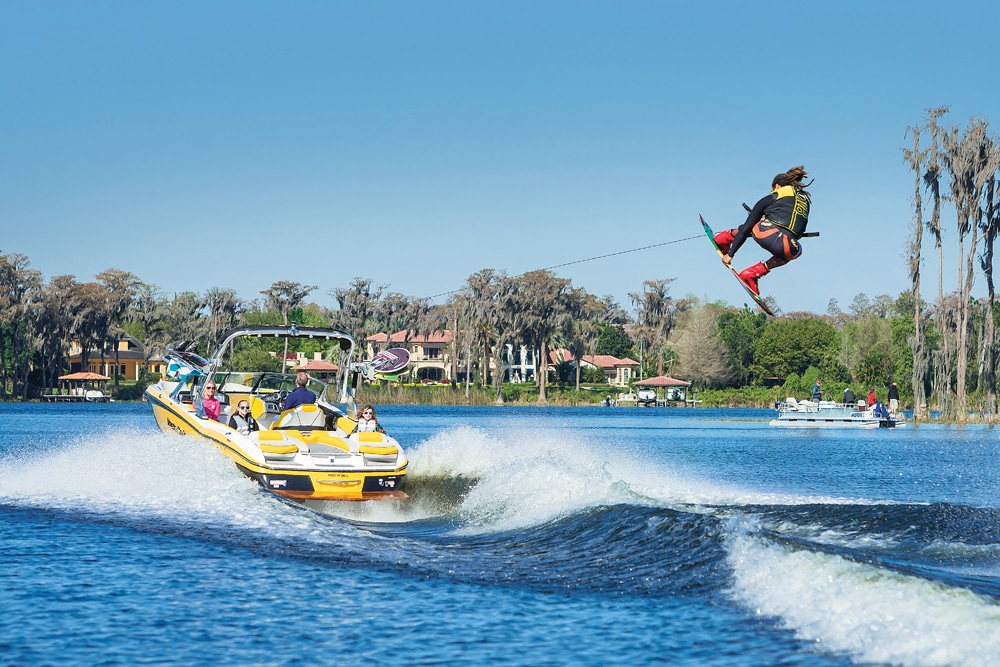
How to Wakeboard, Wakesurf and Wakeskate
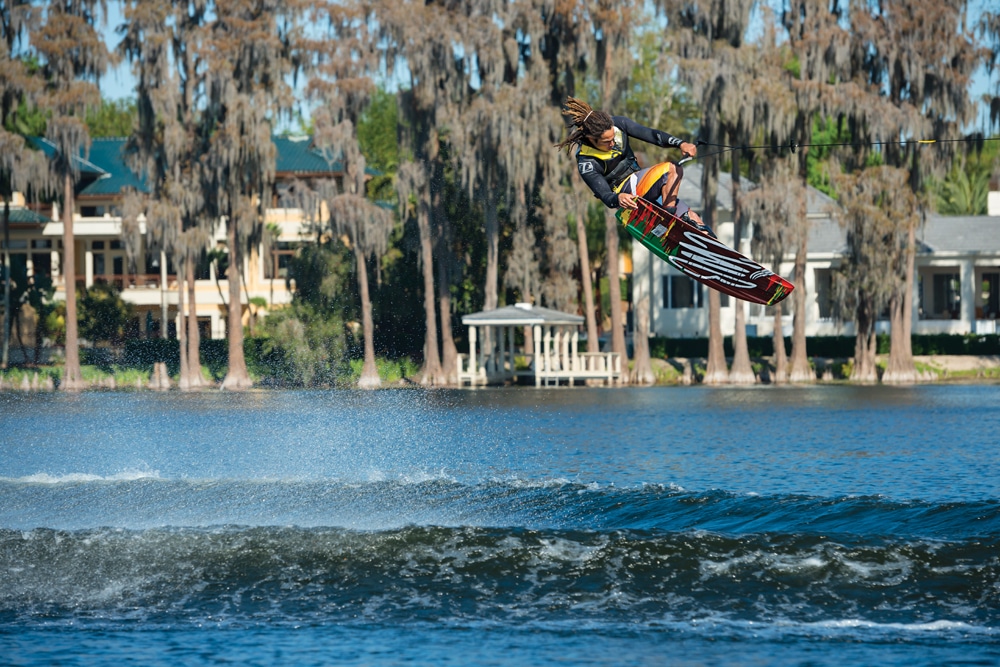
How to Wakeboard, Wakesurf and Wakeskate
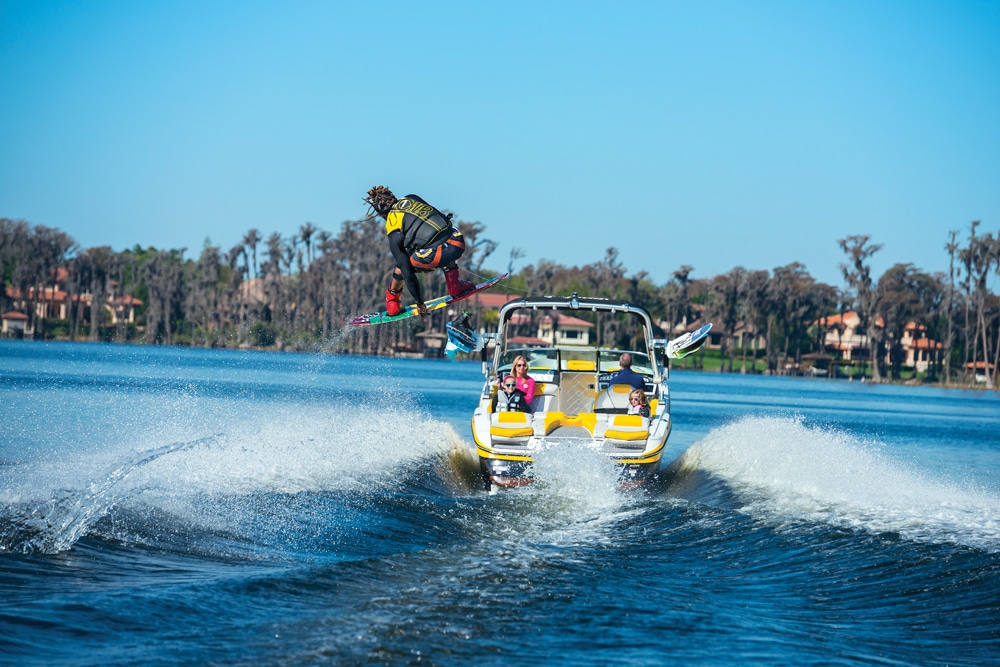
How to Wakeboard, Wakesurf and Wakeskate
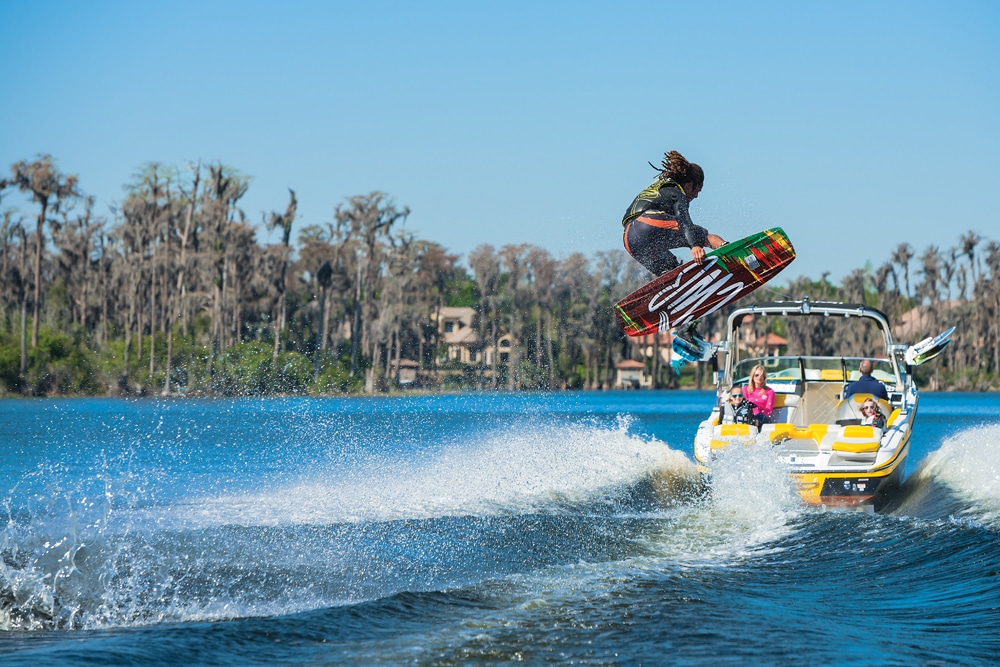
How to Wakeboard, Wakesurf and Wakeskate
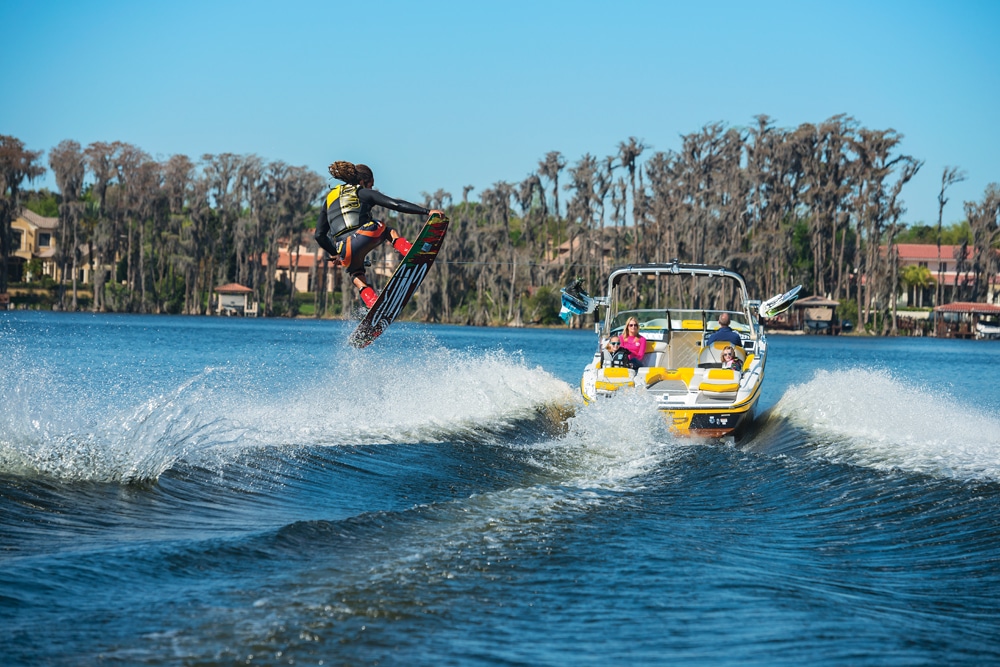
How to Wakeboard, Wakesurf and Wakeskate
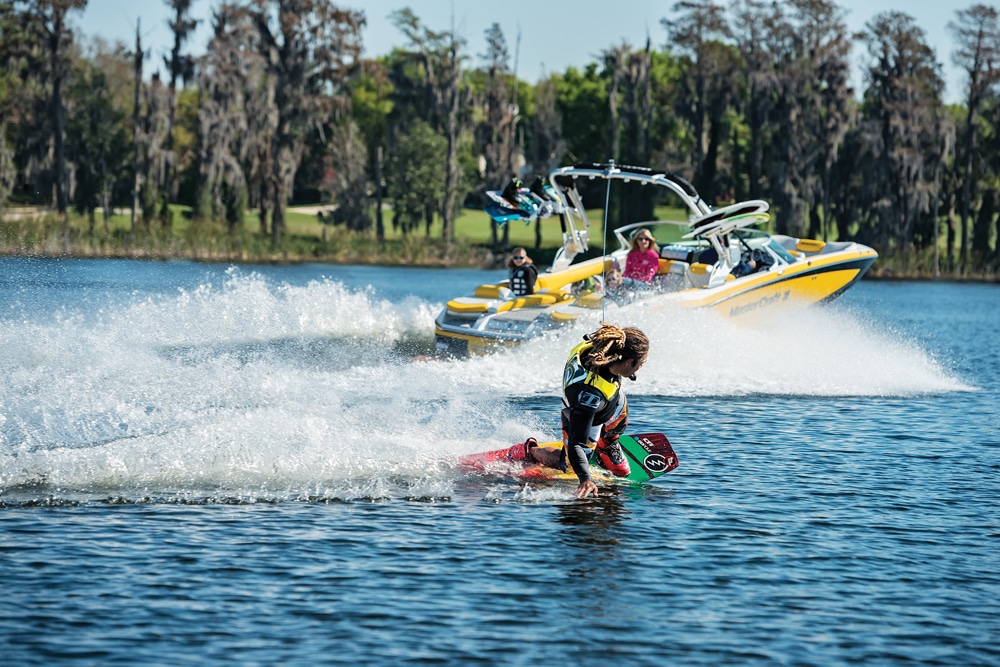
How to Wakeboard, Wakesurf and Wakeskate
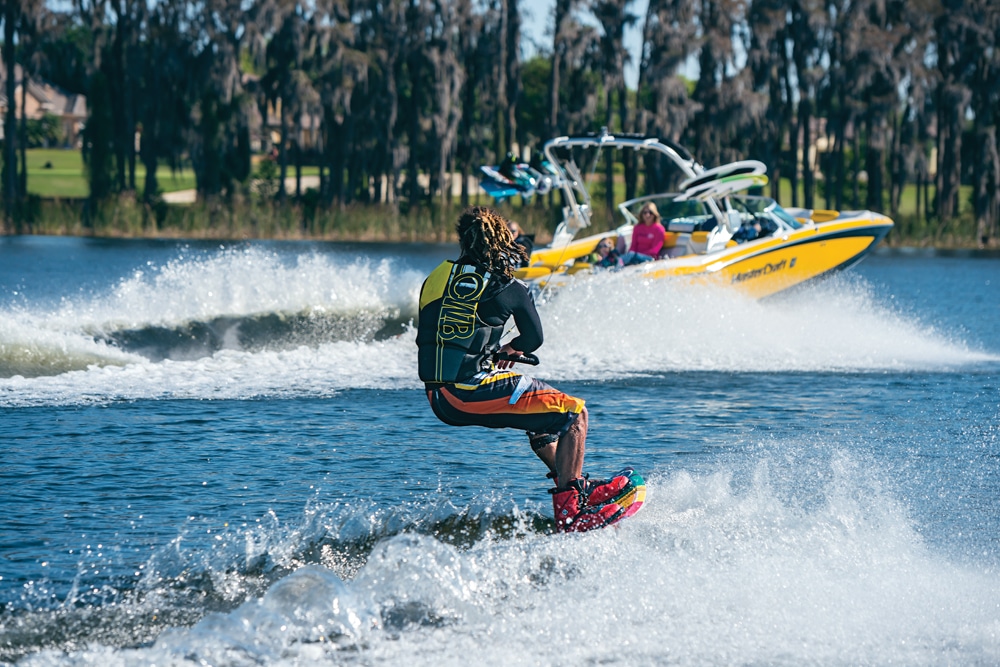
How to Wakeboard, Wakesurf and Wakeskate
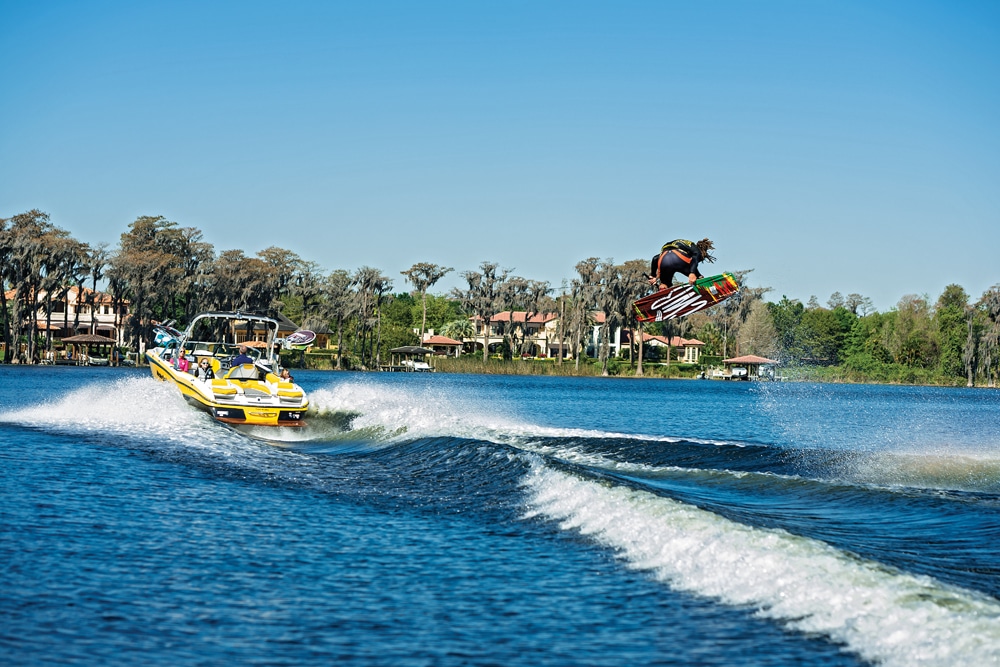
How to Wakeboard, Wakesurf and Wakeskate
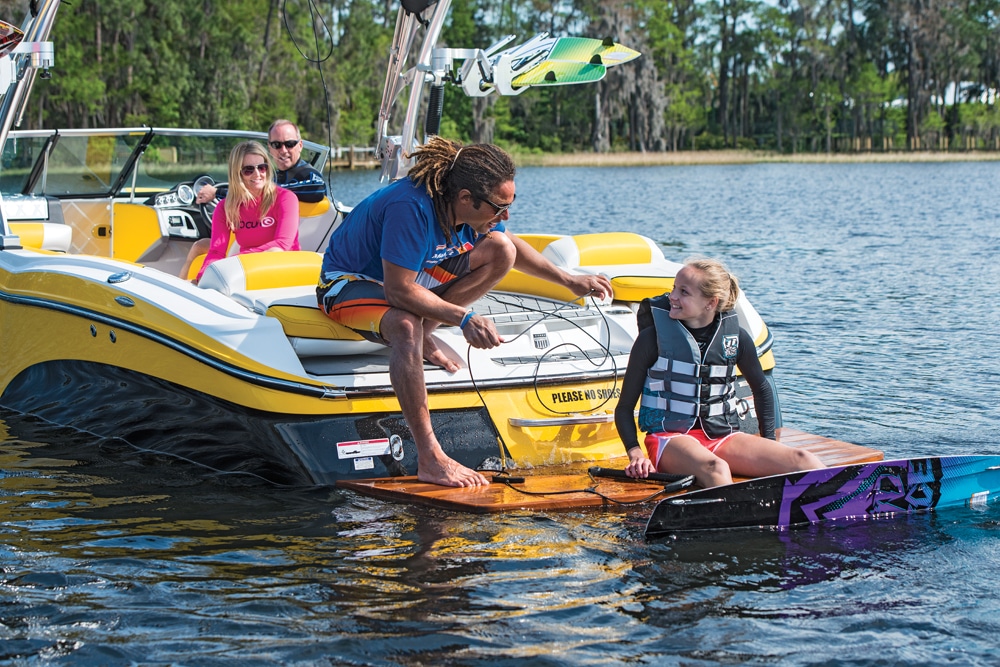
How to Wakeboard, Wakesurf and Wakeskate
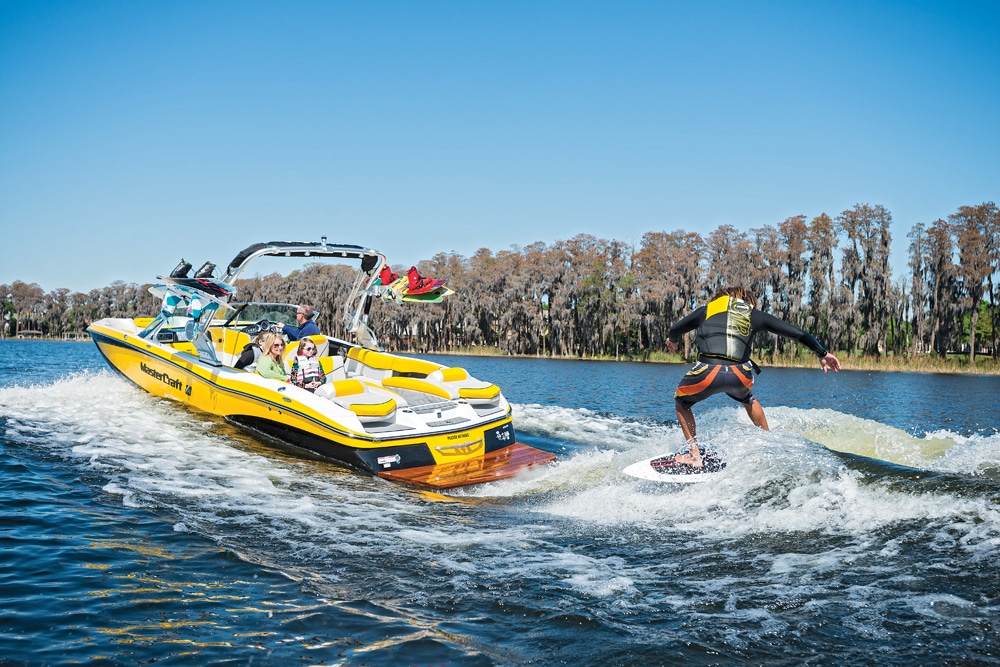
How to Wakeboard, Wakesurf and Wakeskate
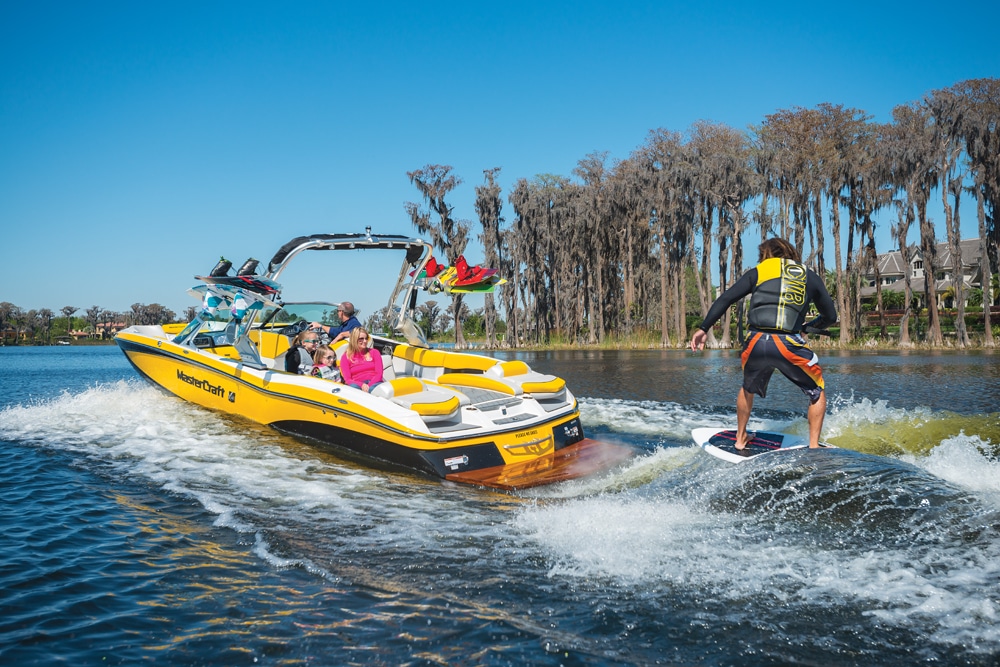
How to Wakeboard, Wakesurf and Wakeskate
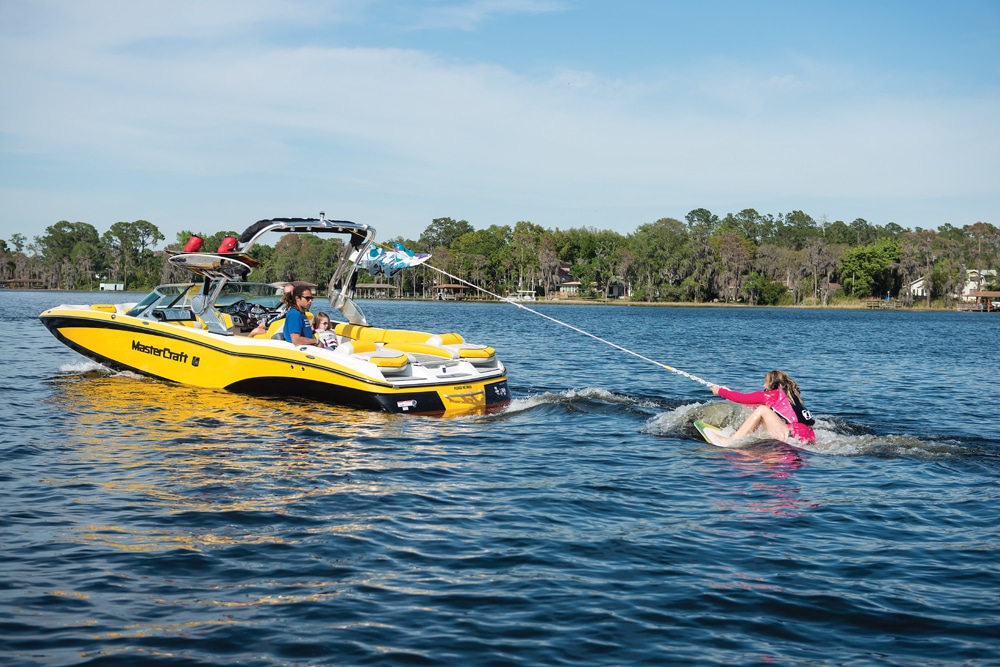
How to Wakeboard, Wakesurf and Wakeskate
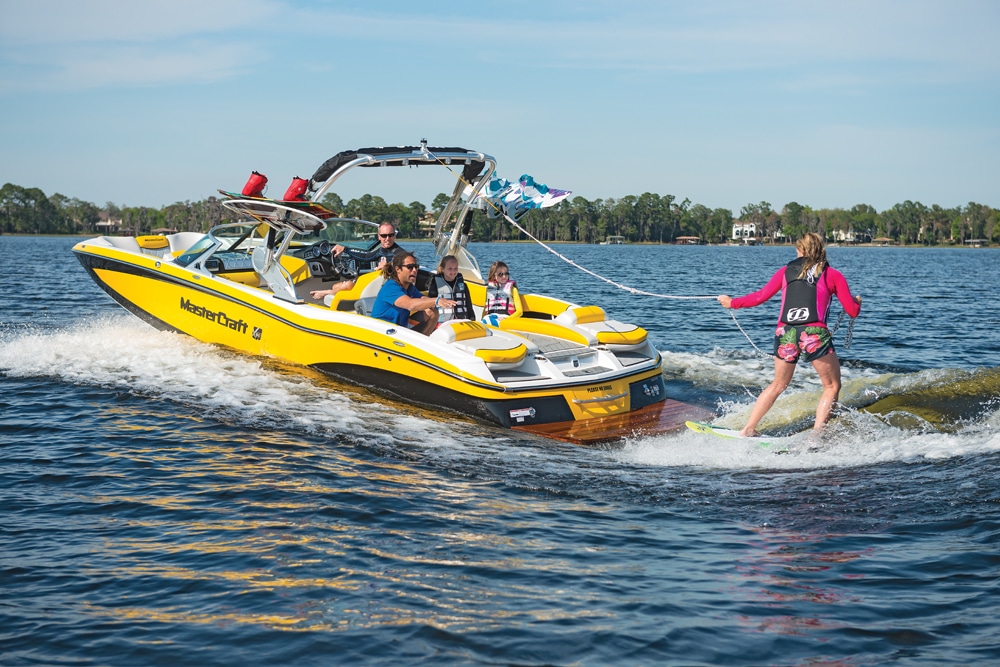
How to Wakeboard, Wakesurf and Wakeskate
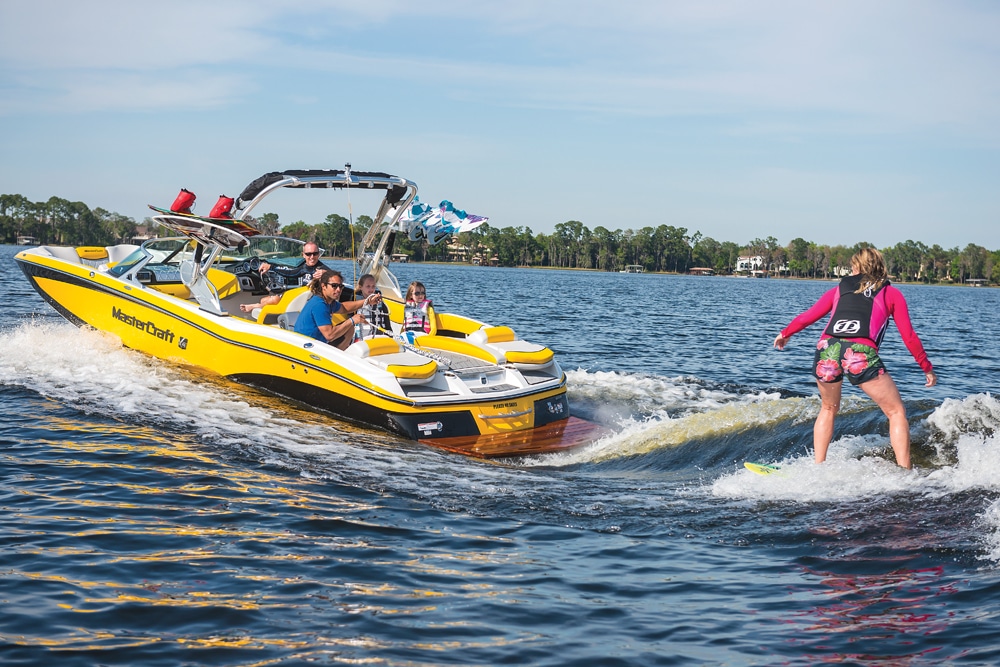
How to Wakeboard, Wakesurf and Wakeskate
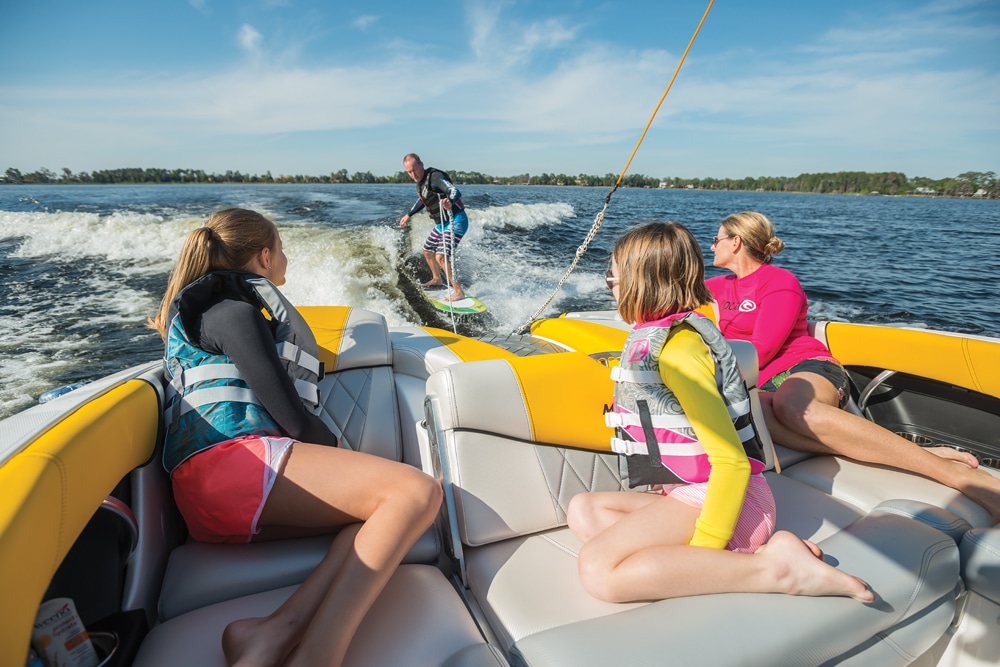
How to Wakeboard, Wakesurf and Wakeskate
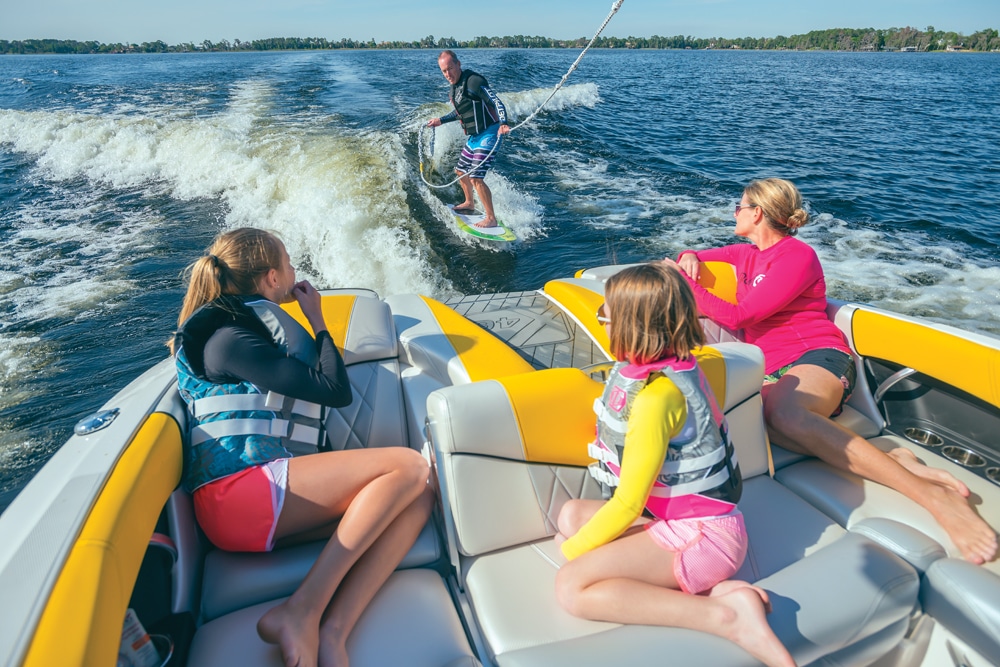
How to Wakeboard, Wakesurf and Wakeskate
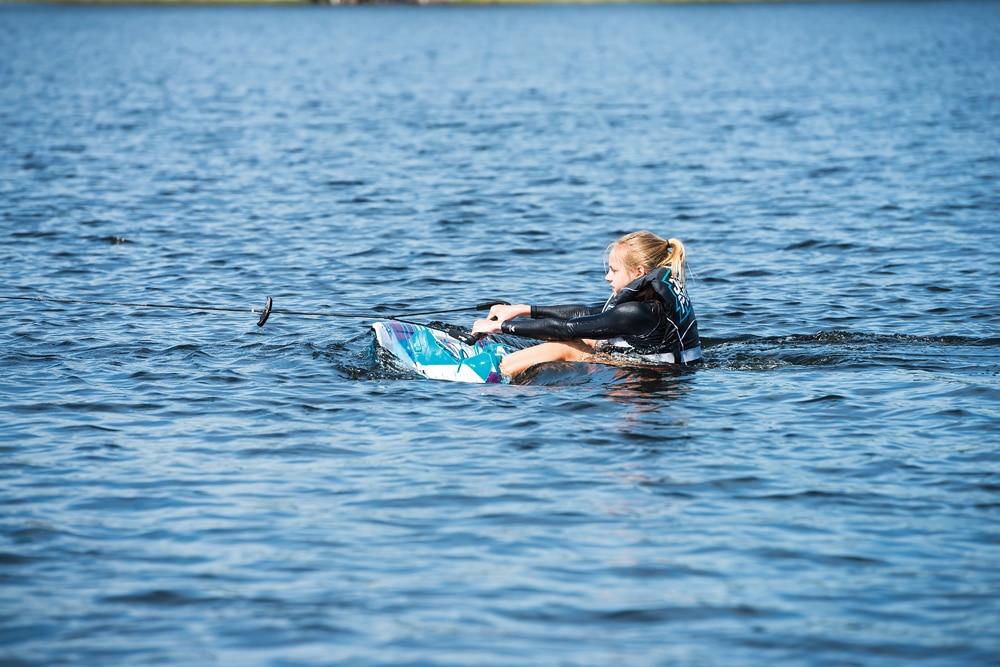
How to Wakeboard, Wakesurf and Wakeskate
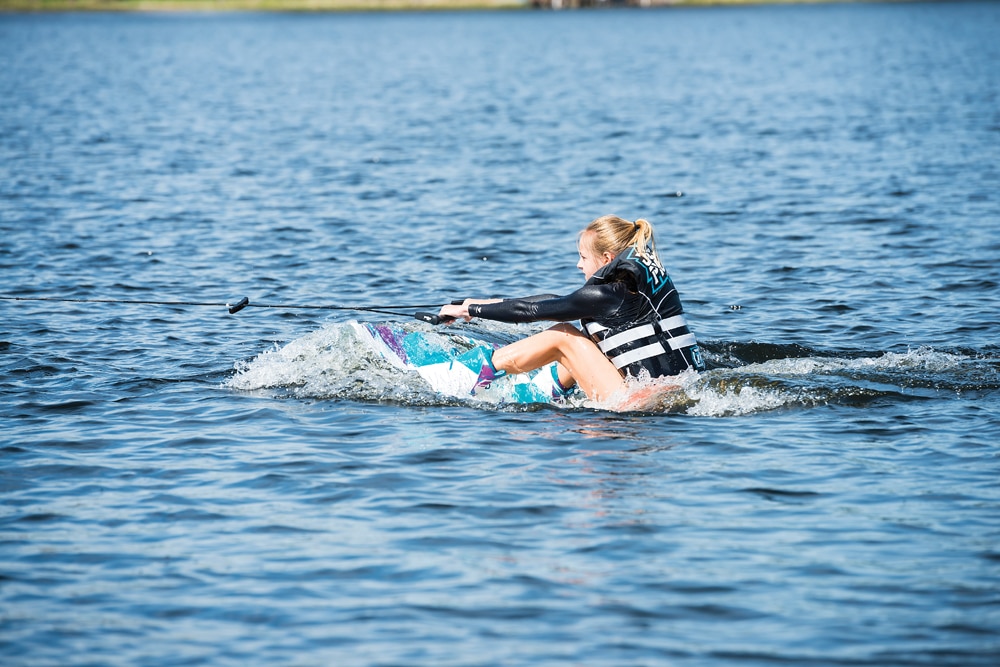
How to Wakeboard, Wakesurf and Wakeskate
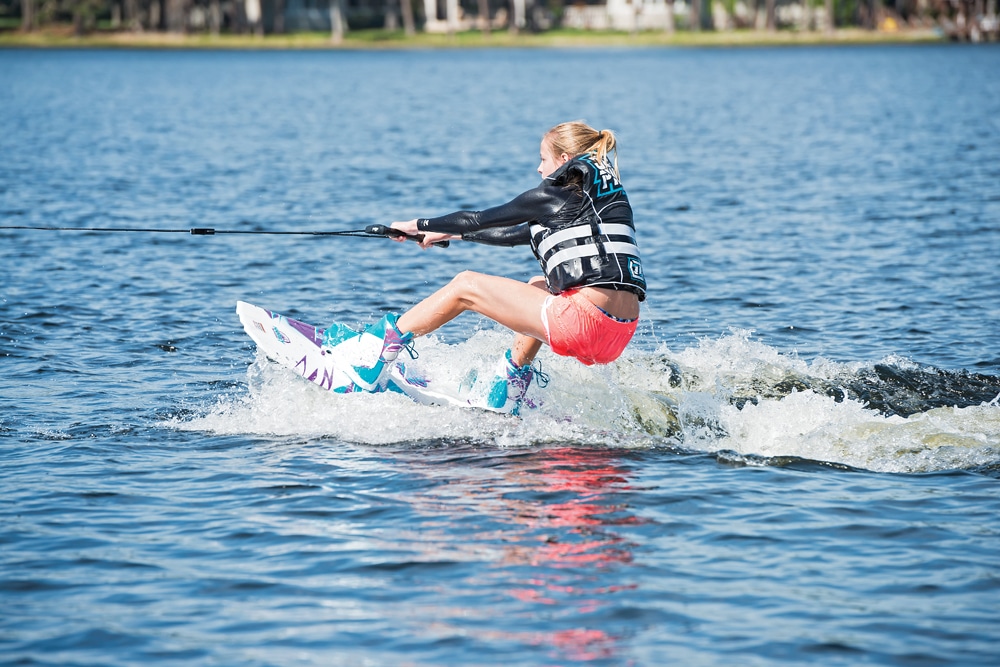
How to Wakeboard, Wakesurf and Wakeskate
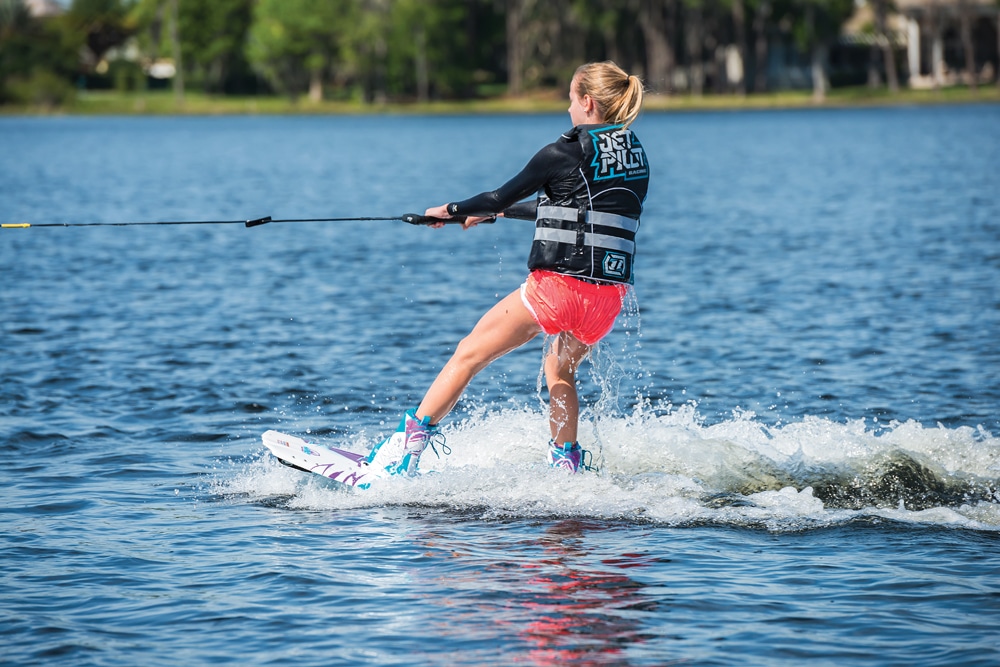
How to Wakeboard, Wakesurf and Wakeskate
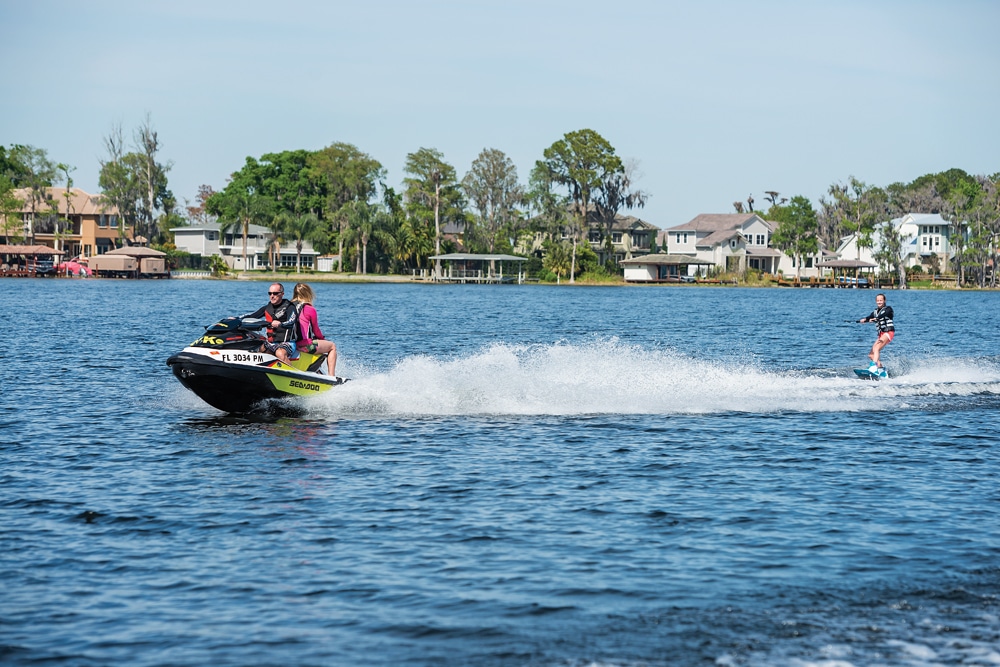
How to Wakeboard, Wakesurf and Wakeskate
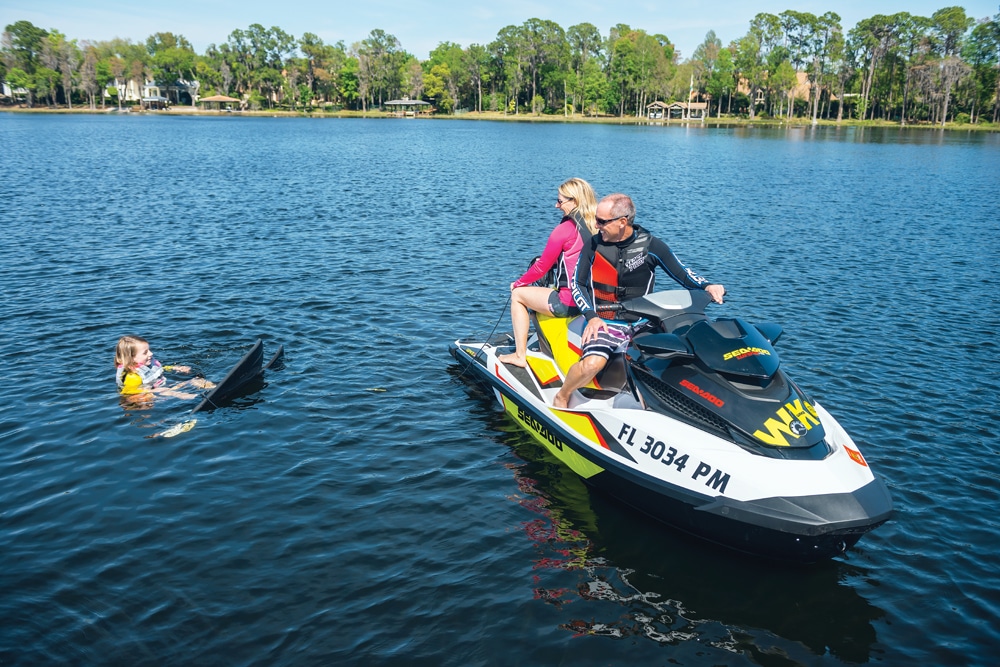
How to Wakeboard, Wakesurf and Wakeskate
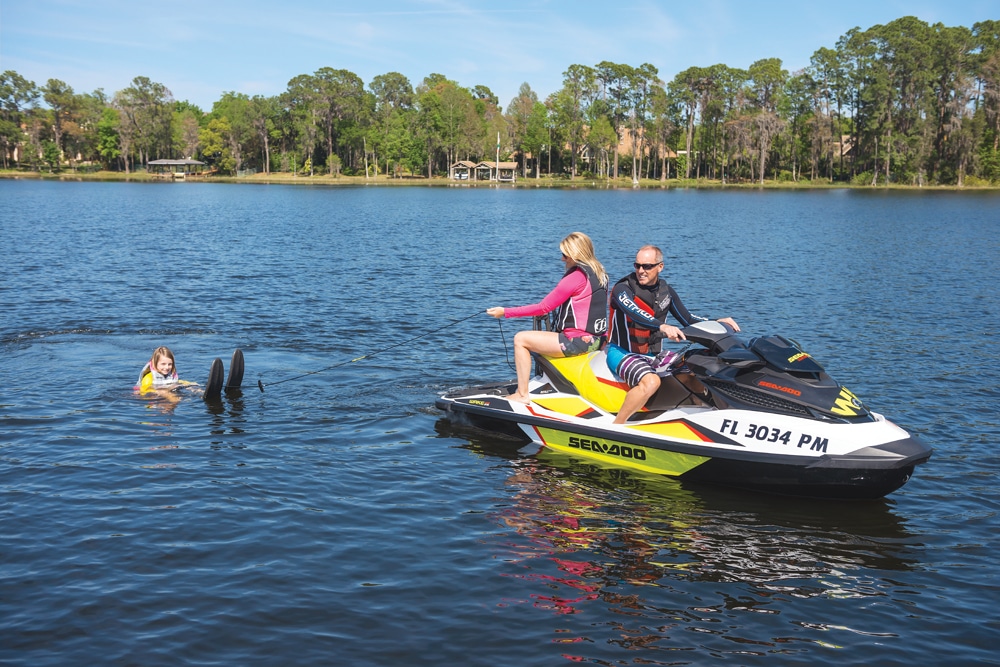
How to Wakeboard, Wakesurf and Wakeskate
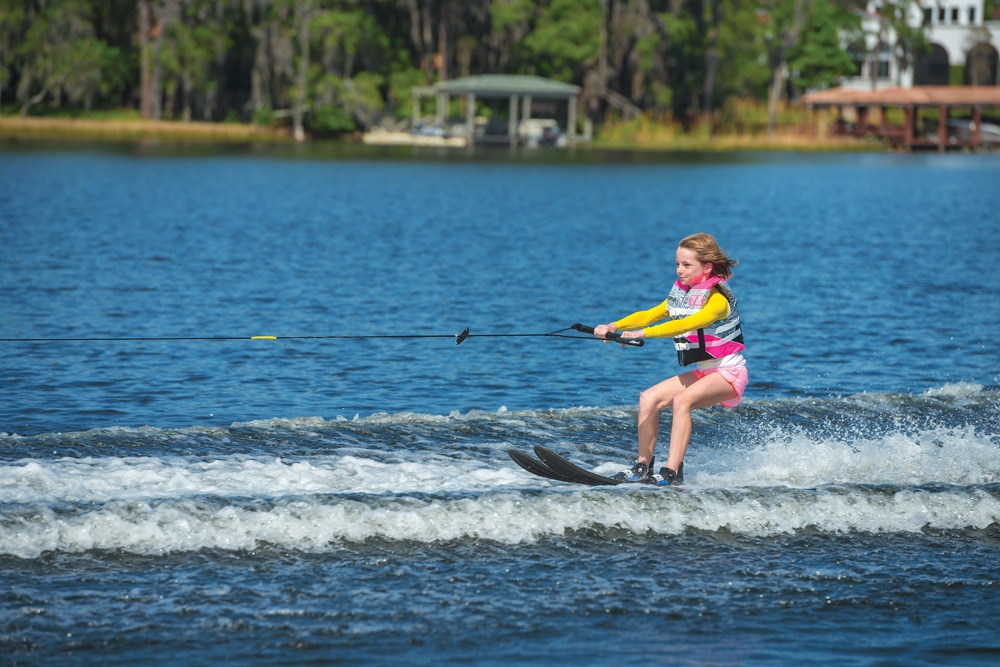
How to Wakeboard, Wakesurf and Wakeskate
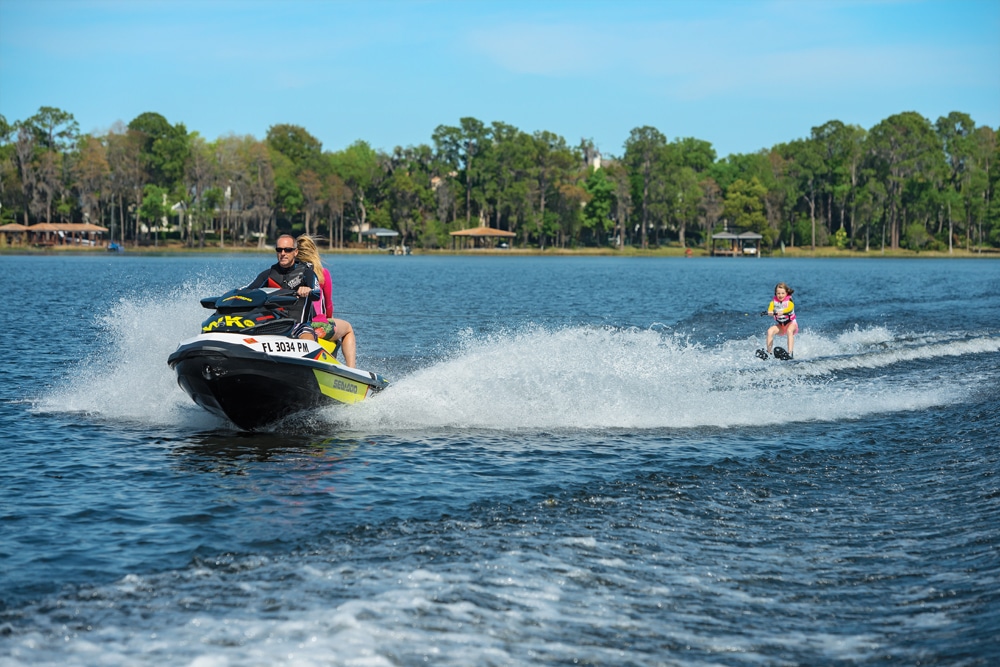
How to Wakeboard, Wakesurf and Wakeskate
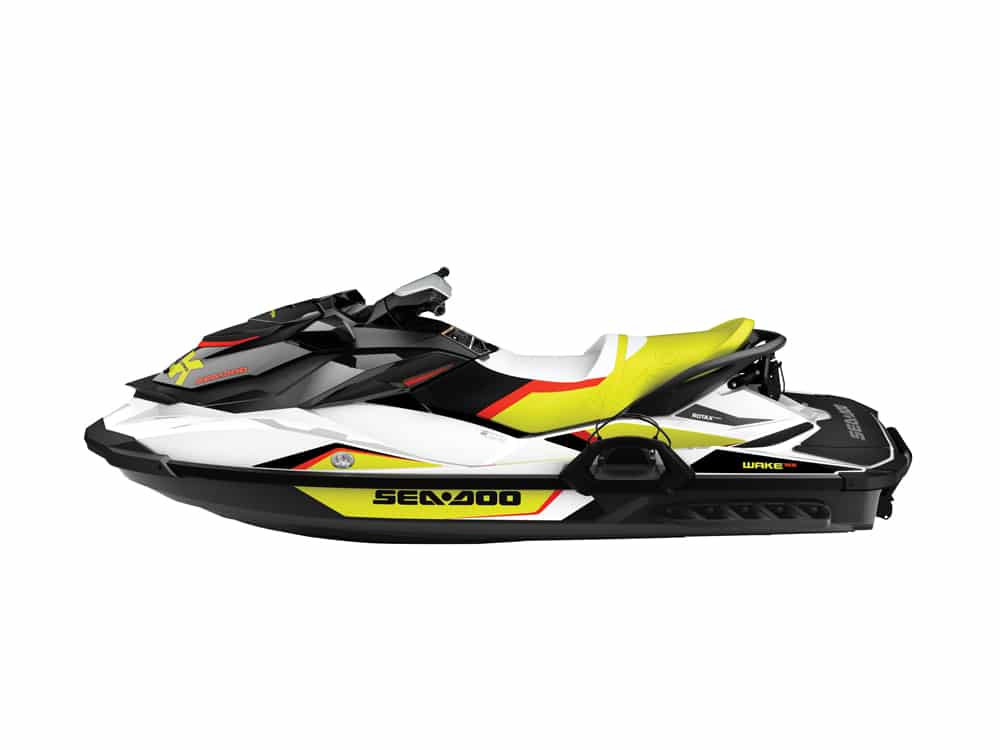
How to Wakeboard, Wakesurf and Wakeskate
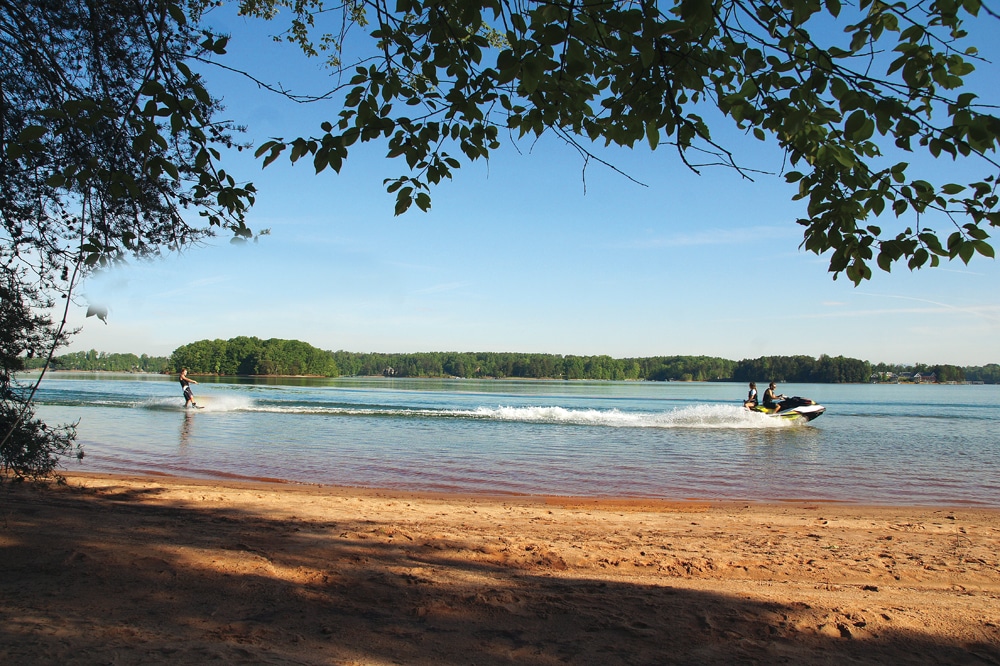
How to Wakeboard, Wakesurf and Wakeskate
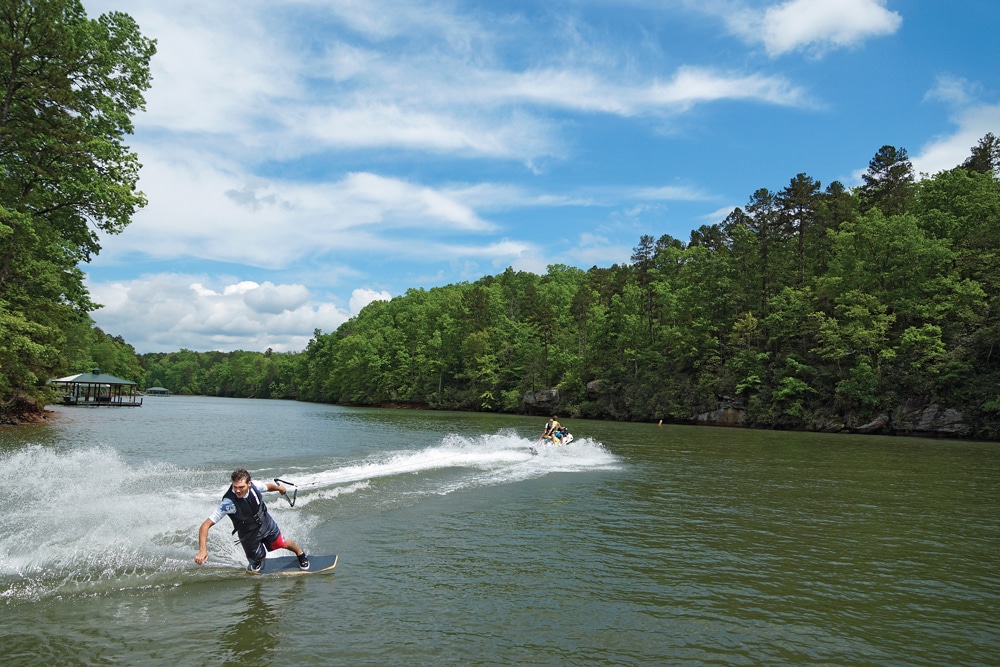
How to Wakeboard, Wakesurf and Wakeskate
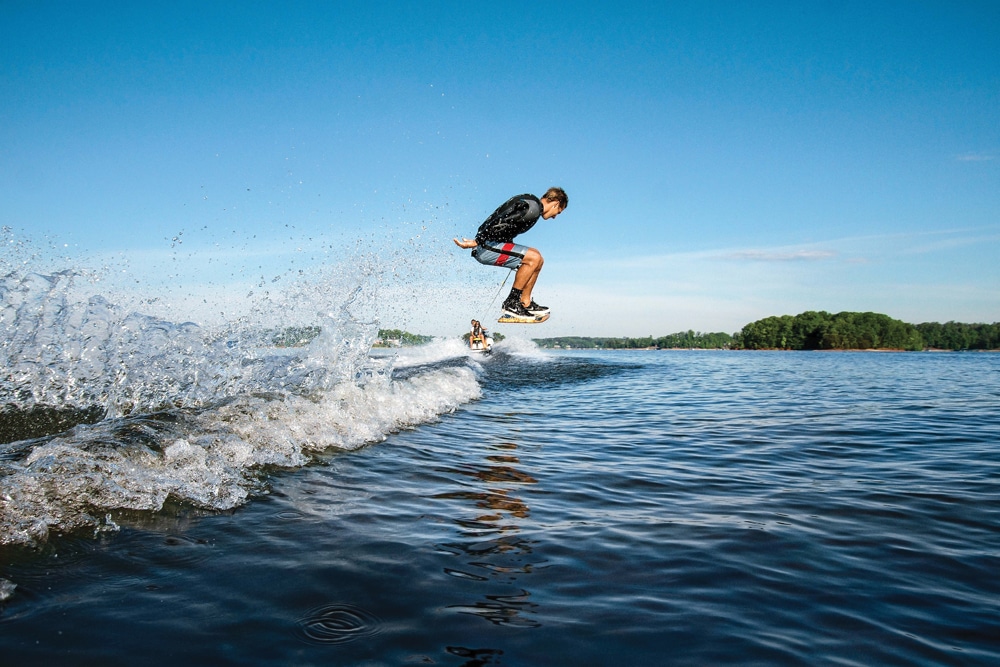
How to Wakeboard, Wakesurf and Wakeskate
Don’t look now, but that cherished pair of Cypress Gardens combo skis is gathering dust in the corner of your garage. So too is your favorite slalom ski. For better or worse, today’s generation is less interested in crisscrossing the wake and far more stoked on flying above it, or surfing down its face. It’s the rise of board-oriented, sideways-stance “wake” sports, a revolution that is taking over waterways around the globe.
Even our boats have changed to follow suit. Those wakes we once tried so hard to diminish are now the main attraction, boosted by everything from computer-controlled onboard ballast systems and trim tabs to portable, waterbed-like sacks. Tow bridles, ski eyes and pylons are also going the way of the dinosaur, giving way to water-sports towers that anchor tow ropes high above the water and offer the real estate to get those toys off the cockpit floor. Even simple cockpit layout has seen a shift in focus, now concentrated just as much on what happens behind the boat as on what lies ahead.
Is there still a place for the average boating family in this new world of extreme air and style? We rounded up a few of the latest toys, brought in wake pros Josh Palma and George Daniels to show us the ropes, and then threw everything at Mom, Dad, teenager and tween to find out.
Judging by their reactions, you may never don a pair of combos — and face forward — again.
Wakeboarding
If there’s a primary mover and shaker in this tectonic shift away from strapping on skis to standing sideways on a board, it’s wakeboarding. A mix of surfing, water skiing and skateboarding, and a whole lot like its wintry cousin snowboarding, wakeboarding can be as challenging — or as simple — as you desire. With their massive surface areas, wakeboards are relatively easy to get up on. Once on top of the water, you can slash and carve the wakes if you prefer to keep things mellow, or use those wakes as one big launch ramp. Master the art of the progressive edge (progressively angling the board on its rails so that you dramatically increase your speed as you edge toward the wake), and you’ll be able to launch skyward en route to a dizzying array of aerial maneuvers.
The beauty of wakeboarding is that it can be done behind virtually any boat. Our 13-year-old popped up as easily behind a Sea-Doo Wake Pro 155 as she did behind the fully tricked-out MasterCraft X46. Riders with growing skills, however, will appreciate a serious wake. MasterCraft, like most other wake-boat builders, shapes and sizes that wake with onboard ballast systems. Aboard our MasterCraft, that ballast was controlled via a trick touch-screen display, which allowed us to monitor the status of the tanks and even balance an uneven passenger load. Once fully loaded, it produced a near-perfect launch ramp on each side of the wake.
Not interested in investing in a dedicated wakeboard boat? Pimp out your own ride with a few choice options. Portable ballast bags, filled by bilge pumps, allow you to temporarily weigh down the hull — and in turn beef up the wake — without permanent modifications. Ballast is typically concentrated toward the stern, but adding some of that weight to the bow will settle the hull more naturally into the water and produce a more rideable wake shape. It will also make your boat easier to drive. You can also find numerous styles of wakeboard towers on the aftermarket, many of which can be a do-it-yourself project for those with basic mechanical skills. If the idea sounds too daunting to try yourself, a local marine tower fabricator can probably do the job.
How addicting is wakeboarding? Our family, all brought up on skis, now wakeboards almost exclusively. Dad, however, has suffered the fate of many a serious rider and sports the scars of an ACL (anterior cruciate ligament) reconstruction. He now stays in lower-earth orbit, but the rest are still looking to the skies. “This summer I’m definitely going to learn my first big wake jump,” said our wannabe teen wake queen. “I’m going big!”
Wakesurfing
Wakeboarding may be cool, but our wake family believes the Beach Boys were onto something. “If everybody had an ocean across the USA, then everybody’d be surfin’ … like Californ-I-A.”
Of course, oceans are in short supply across middle America. Weigh down an inboard just right, however, and you’ll discover the next best thing — an endless wave, ready to break from the Adirondacks to Arizona.
As we discovered, wakeboarding is great fun, but doing it at a higher level can result in some abuse on your body. Maybe that’s one reason why wakesurfing, with its slow speeds and easy falls, has begun to catch on so quickly. The other is that wakesurfing is so darn much fun. Get underway like on a wakeboard and find your spot in the wake’s pocket, and you can toss the tow rope back to the boat and surf. No ocean required.
Of course, there is a catch. Because it takes place but several feet behind the swim platform, wakesurfing is just not safe behind an outboard or sterndrive. Jet boats offer the safety advantage of no exposed prop, but nothing compares to the safety and wake potential of an inboard or V-drive that both tucks the prop safely under the hull and offers the displacement to truly shape a monster wake. That limits wakesurfing’s audience, but don’t think that you have to get an ultimate ride like our MasterCraft X46’s to join in on the fun. Countless manufacturers, including MasterCraft, make far more affordable models that can be configured for wakesurfing. You can also use your existing inboard or V-drive. Just load up the ballast to favor one side and encourage your passengers to follow suit, and the wake will take on the look of a mini Banzai Pipeline.
Though the idea of a start without bindings may sound difficult, in reality it’s very similar to a wakeboard start. Begin with the board lying perpendicular to your body in the water and your heels resting on the board’s heelside edge. Signal the driver to put the boat into gear, and the board will be pushed flush against the soles of your feet. From there, a slow, steady acceleration up to about 10 to 12 mph is all that’s necessary. The wakesurf board’s broad surface area will pop nearly anyone atop the water. Just be sure to use a wakesurf-specific tow line. Its braided end, or minimal T-handle, won’t pose a hazard should you fall forward.
Once you’re up, the secret is to find that sweet spot between the wake’s lip and the bottom of the trough made by the hull. Weight on the forward foot acts like an accelerator, moving you closer to the boat. Weight on the back foot slows this motion and creates more distance. Find the point where you no longer need rope tension but are simply being pushed along by the wake, and you can toss the tow rope back into the boat and truly surf. “It’s my new favorite water sport!” exclaimed Mom after her first wakesurf session. “Now we just need a new boat.”
Wakeskating
If you think a lot of these new wake sports have something in common with skateboarding, you’re right. Which is why many skate types have decided to ditch the bindings or surf-style boards altogether, throw on a pair of sneakers, and ride a simple, finless, grip-tape-covered wooden board known as a wakeskate.
Wakeskates resemble oversize skateboards, minus the trucks and wheels. And as you might expect, the tricks closely resemble those on their pavement-preferring counterparts. Rather than go for big air, wakeskaters typically use the wake to perform skateboard tricks like kickflips, shuvits and other maneuvers during which the rider manipulates the board with the feet so that it spins, rolls or twists as the rider jumps off its surface.
While the basic wake-skate start is little different from wakeboarding’s or wakesurfing’s, mastery of the tricks is obviously easier for those with existing skateboarding skills. The choice of tow boat, however, is by far the most economical of the bunch. Due to their smaller wakes, ability to maneuver in and out of obstacle-strewn parks, and overall cost and ease of use, personal watercraft are the choice of wakeskaters. Enter Sea-Doo’s Wake series. Designed with an emphasis on wake sports, Wake models feature extendable aft tow pylons to get the tow rope out of the craft’s jet wash and provide a more solid pull; removable board racks to make it easier to transport boards out onto the water; and electronic speed controls that allow the driver to lock in a set speed as well as control the aggressiveness of the acceleration.
Wakeskating’s close ties to traditional skateboarding somewhat limited our family’s level of appreciation for the sport. Whereas all were able to easily master the start and basic riding behind the boat, the lack of skate-specific skills limited some of the potential fun. The lack of bindings also resulted in the occasional splitlike fall when attempting a jump, because one foot could come off the surface and catch in the water while the other stayed atop the skidding board.
For the skate rat in your crew, however, the opportunity to bring the fun of the street to the fun (and more gentle impact) of the water is hard to resist. “Imagine the thrill of skateboarding, minus the road rash and mixed with the carving of surfing, wakeboarding or snowboarding,” said the kids’ visiting uncle, a 20-something squarely in wakeskating’s demographic. “And you don’t need an expensive boat to do it.”
The “Wake” Start
Whether strapped onto a board or standing atop it, the basic wake start is surprisingly similar across all three disciplines. Start in the water with the board sideways in front of you. Knees should be bent toward the chest and arms extended holding the tow-rope handle. As the boat begins to idle forward, the board will flip up against your feet for wakesurfing and wakeskating, mimicking the attached-to-the-board feel of wakeboarding. In all three, relax and let the boat do the work, allowing it to pull you atop the water and avoiding trying to muscle yourself into position. Pointing your toes toward the boat may decrease drag and let the board pop up more easily on top of the water.
Which foot do you put forward? If you don’t already do some kind of board sport, try this simple trick. Think about trying to write your name with a foot in the sand. The foot you choose is typically the more dominant one.
Once the board is on top of the water and supporting your weight, pivot your lead hip toward the tow handle. This will bring the board around so that the front tip is pointing at the boat. All that’s left is to keep your weight centered and knees bent, and enjoy the ride.
Want to see even more Wakesurfing video?
Are PWCs the Ultimate Water-Sports Teaching Tool?
Personal watercraft are far more than a vehicle for wakeskating. They’re also one of the very best tools to introduce kids, or beginners of all ages, to any water sport, including traditional water skiing.
Why? Consider a PWC’s open profile. Rather than looking at the intimidating transom of a boat, kids see the familiar face of a rear-facing spotter, often a parent, offering support and encouragement. PWCs also take off gently, produce a much smaller wake to deal with once up, and quickly maneuver back to the rider after a fall. They also eliminate kids’ — and parents’ — worries about a prop.
Think you can’t drive one as smoothly as a boat? Today’s models nearly all feature speed controls that prevent that jerky hand on the throttle — and eliminate any complaints from the kiddies in tow.









